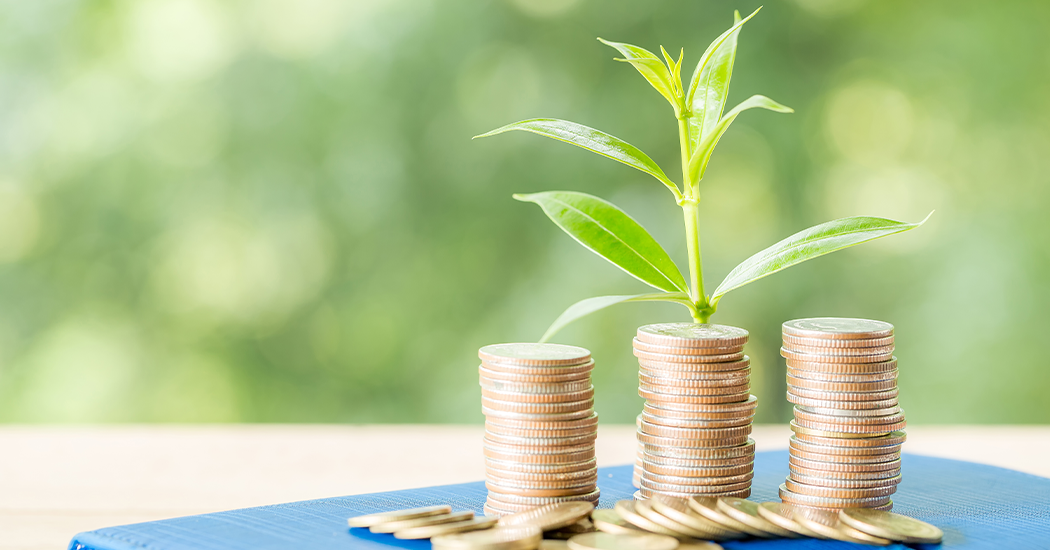
The Importance of Emergency Funds and How to Build One
Budget Planner45 min ago
The Importance of Emergency Funds and How to Build One

Financial emergencies can strike at any time—job loss, medical expenses, car repairs, or unexpected bills. Without proper preparation, these situations can lead to financial distress. This is where an emergency fund becomes crucial. Let’s explore why having an emergency fund is essential and how you can build one effectively.
Why an Emergency Fund is Essential
- 1. Financial Security - An emergency fund acts as a financial safety net, protecting you from debt and stress in unexpected situations.
- 2. Avoiding High-Interest Debt - Without savings, people often rely on credit cards or loans, leading to costly interest payments.
- 3. Peace of Mind - Knowing you have funds set aside for emergencies reduces financial anxiety and stress.
- 4. Job Loss Protection - Having 3-6 months' worth of expenses saved allows you to cover necessities while job searching.
- 5. Flexibility for Opportunities - An emergency fund gives you financial freedom to make better long-term decisions without being forced into unfavorable financial choices.
How to Build an Emergency Fund
1. Determine Your Goal Amount
- ● A good starting point is to save at least three to six months' worth of essential expenses.
- ● Calculate your monthly needs, including rent, utilities, groceries, insurance, and loan payments.
2. Start Small and Be Consistent
- ● If saving several months worth of expenses feels overwhelming, start with a small goal (e.g., $500 - $1,000) and build from there.
- ● Automate savings by setting up a direct deposit into your emergency fund.
- ● Save a fixed percentage of each paycheck (e.g., 10%) to maintain consistency.
3. Cut Unnecessary Expenses
- ● Review your monthly spending and identify areas to cut back (e.g., dining out, streaming services, impulse purchases).
- ● Redirect these savings into your emergency fund.
4. Use Windfalls Wisely
- ● Allocate bonuses, tax refunds, or unexpected income directly into your emergency savings.
- ● Consider setting aside a percentage of any monetary gifts or raises.
5. Open a Separate Savings Account
- ● Keeping your emergency fund separate from your regular checking account reduces the temptation to spend it.
- ● Look for a high-yield savings account to grow your savings with interest.
6. Make Saving a Habit
- ● Treat saving as a non-negotiable expense, just like rent or a utility bill.
- ● Use budgeting tools to track progress and stay motivated.
7. Know When to Use It
- ● Only use your emergency fund for true emergencies (e.g., medical bills, urgent home repairs, sudden job loss).
- ● Avoid dipping into it for non-essential spending. When to Replenish Your Emergency Fund
- ● If you withdraw money from your fund, make a plan to replenish it as soon as possible.
- ● Resume automatic transfers and adjust your budget to restore your financial cushion.
Final Thoughts
Building an emergency fund takes time and discipline, but the benefits far outweigh the effort. Having a financial buffer ensures that you can handle life’s unexpected challenges without falling into debt. Start saving today, even if it’s a small amount—your future self will thank you!Fintastics Blog: Smart Money, Smarter You
Expert Tips, Budgeting Strategies, and Financial Insights to Help You Track, Save, and Grow Your Wealth
 45 min ago
45 min agoEffective Strategies to Pay Off Debt Faster...
Debt can feel overwhelming, but with the right strategies, you can pay it off efficiently and regain financial freedom...
READ MORE 45 min ago
45 min agoHow to Save Money on Groceries without..
Groceries are a significant part of any household budget, and with rising food prices, it’s more important than ever to...
READ MORE 45 min ago
45 min agoThe Importance of Emergency Funds and How to Build One
Financial emergencies can strike at any time—job loss, medical expenses, car repairs...
READ MORE